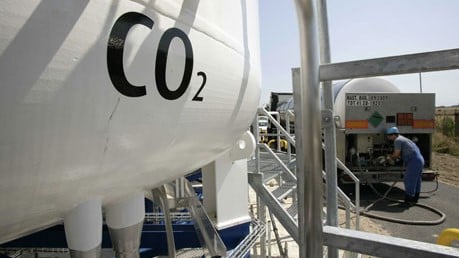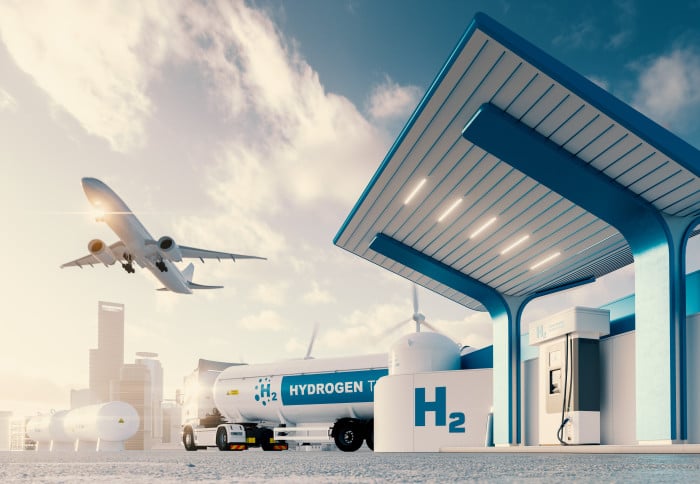
About the Course
Learn about transportation and installation processes in our specialised course. Gain detailed knowledge of load-out, transportation, offshore lifting, and anchoring procedures. Experience in-depth learning about static and dynamic loads, supported by software applications and dynamic analysis.
Explore rigging design and analysis, guided by relevant codes, and understand the steelwork design process for spreader beams, enhanced with visualisation techniques and practical examples. Learn about lifting points and lugs, with a focus on design requirements and standards. The course concludes with a thorough look into deck layouts and sea-fastenings, addressing transportation loads and design considerations through detailed worked examples.
Course Content
-
Day One
Transportation and installation
-
Load-out
-
Transportation
-
Offshore lifting
-
Landing, levelling and anchoring
Static and dynamic loads
-
Static loads and dynamic effects
-
Vessel motions
-
Software
-
Dynamic analysis
-
Worked example
Lifting of subsea structures
-
Environmental loads
-
Lifting in air
-
Lifting through wave zone
-
Lowering through water column
-
Worked Example
-
-
Day Two
Rigging design and analysis
-
Rigging configurations
-
Wires, slings, strops and shackles
-
Rigging analysis
-
Code requirements
-
Equipment selection
-
Worked example
Spreader beam design
-
Steelwork design process
-
Visualisation
-
Steelwork design codes
-
Combined load checks
-
Spreader beam configurations
-
Worked example
-
-
Day Three
Lifting points and lugs
-
Lugs and stiffeners
-
Failure modes and design requirements
-
Codes and standards
-
Worked example
Deck layouts and sea-fastenings
-
Transportation loads
-
Deck layouts
-
Sea-fastening configurations
-
Sea-fastening considerations and design
-
Foundations and deck fixings
-
Worked example
-
Learning Outcomes
Upon completion of this course, participants will be able to:
-
Explain the stages of transportation and installation of a subsea structure
-
Calculate the static and dynamic loadings on the subsea structures during installation
-
Identify and design suitable rigging for lifting and lowering a structure to the seabed
-
Explain the design and configuration of spreader beams
-
Describe deck layouts and the design and considerations for sea-fastenings
-
Class Materials
- Case studies that explore real-world grid integration challenges and their solutions.
- A comprehensive course package detailing all essential topics and technical data.
- Detailed notes from the tutor, Mike, offering additional insights and expertise.
- A collection of references and practical worked examples to deepen understanding and application of the material.
-
Start Dates
Our courses are delivered live online by expert tutors from 9am to 5pm each day, with class sizes capped at 12 participants to ensure personalised attention.
2025 Public Course Dates:
-
13th - 15th May (09:00-17:00 UK)
-
2nd - 4th December (09:00-17:00 UK)
For other dates, please speak to the team.
-
-
Jeenius
Participants in the course gain access to Jeenius, a cutting-edge learning platform that offers comprehensive support tools. This platform includes all course notes, recordings of the sessions for later review, and the opportunity for one-on-one support with the tutor. Additionally, Jeenius provides access to the latest insights in renewable energy enhancing the learning experience with up-to-date industry knowledge.
-
In-Company Delivery
For in-company delivery options and content customisation to meet your specific needs, please don't hesitate to reach out to us.
-
Fee
£2,600 per person.
A discount is available if registering 3+ people.
Your Tutor

Mike Hawkins
BTech (Hons), CEng, FiMichE
LEAD TUTOR
With a distinguished career spanning over three decades in the oil and gas industry, Mike stands as an embodiment of expertise and experience. As the Technical Authority at Jee, he brings a wealth of knowledge to the table, particularly in the realms of design, pipeline buckling, third-party verification, freespan and finite element (FE) analysis, and fatigue assessment. His deep understanding of the industry's technical intricacies and his ability to simplify complex concepts make him an invaluable asset to our training programmes.
Mike’s approach to teaching is rooted in his practical experience, blending theoretical knowledge with real-world applications. His classes are not just about learning the fundamentals; they are about understanding how these principles are applied in the field, ensuring that delegates are prepared for real challenges in the subsea engineering sector. His dedication to the advancement of knowledge and his commitment to fostering the next generation of engineers have earned him respect and admiration from both delegates and peers alike.
Testimonials
“The course surpassed my expectations - the contents of the course were covered in detail and delivered in an engaging manner. The course materials were excellent and will be a very useful source of reference in the future"
“This course strikes a perfect balance of subject matter and depth of detail. I would recommendit to anyone new to the subsea side of the oil and gas industry”


Who should attend?
Find Out more
